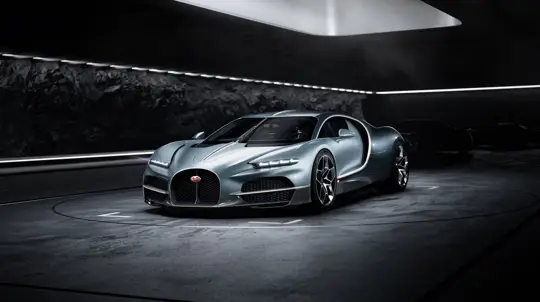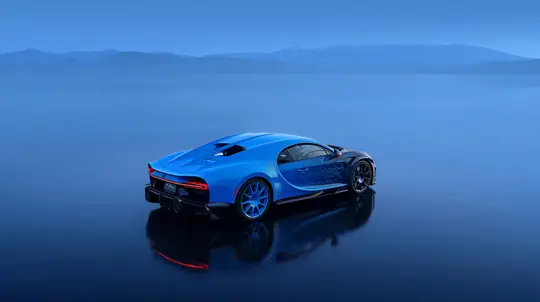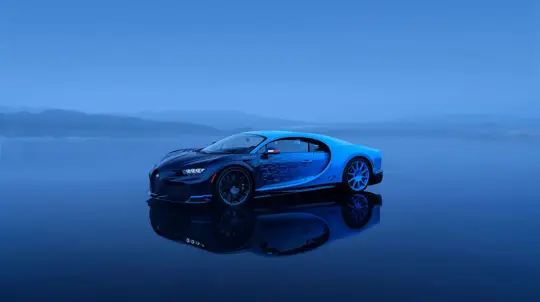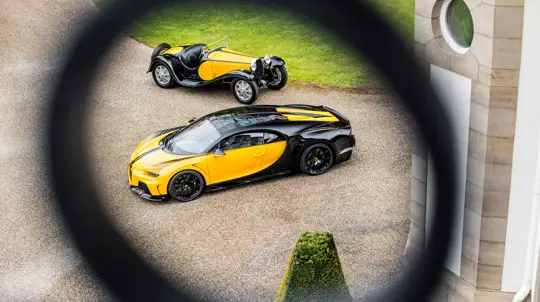The Bugatti Tourbillon, priced over $4 million, features an 8.3L V-16 ...
2024, Jun 21 05:40
The new Bugatti Chiron successor will debut on June 20, featuring a na...
2024, Jun 04 07:49
Bugatti reveals the last Chiron Super Sport, L’Ultime, celebrating its...
2024, May 30 08:32
Bugatti Rimac CEO Mate Rimac envisions offering home fuel stations for...
2024, May 24 05:01
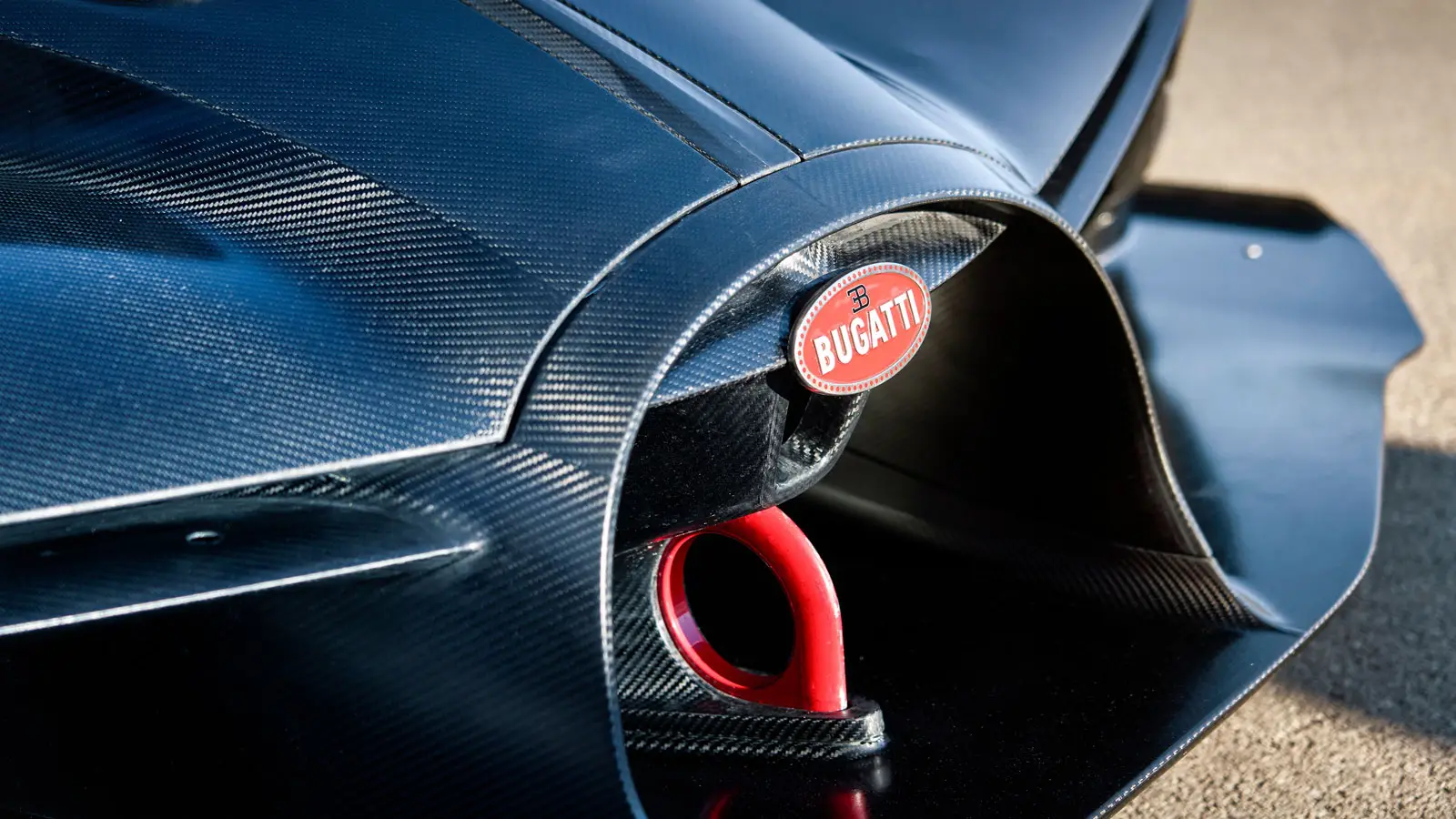
Bugatti, a name synonymous with luxury, performance, and exclusivity, has a storied history that dates back to its founding in 1909 by Italian-born French automobile designer Ettore Bugatti. The brand has been at the forefront of automotive excellence, combining engineering prowess with artistic design, resulting in some of the most iconic and desirable cars in history.
Early Beginnings and Iconic Models
Ettore Bugatti established the brand in Molsheim, Alsace, then part of the German Empire, now France. Bugatti quickly made a name for itself in the early 20th century with its engineering ingenuity and distinctive design philosophy. The Type 13, one of the brand’s first models, set the tone for Bugatti’s future success with its lightweight construction and advanced engineering.
The 1920s and 1930s saw the introduction of some of Bugatti’s most legendary models, such as the Type 35 Grand Prix car, which dominated racing circuits with over 1,000 victories, and the Type 41 Royale, a symbol of opulence with its enormous size and luxurious features. These models cemented Bugatti’s reputation as a maker of high-performance, beautifully designed automobiles.
Post-War Era and Revival
After World War II, the brand struggled to regain its former glory, facing financial difficulties and the untimely death of Ettore Bugatti in 1947. The company’s production ceased in the 1950s, and it wasn’t until the late 20th century that the Bugatti name would be revived.
In the 1980s, Italian entrepreneur Romano Artioli acquired the Bugatti brand, leading to the creation of the Bugatti EB110 in the early 1990s. This supercar, known for its advanced technology and remarkable performance, marked the return of Bugatti as a significant player in the luxury car market.
Modern Era: Volkswagen Group and the Hypercar Renaissance
The most transformative period for Bugatti came in 1998 when the Volkswagen Group acquired the brand. Under Volkswagen’s ownership, Bugatti embarked on a mission to redefine the boundaries of automotive performance and luxury. This era saw the introduction of the Veyron 16.4 in 2005, a car that would become an icon in the hypercar segment. With a quad-turbocharged W16 engine producing 1,001 horsepower, the Veyron was the first production car to exceed 400 km/h (249 mph), setting new standards for speed and engineering excellence.
The Veyron was succeeded by the Chiron in 2016, continuing Bugatti’s legacy of pushing the limits of automotive engineering. The Chiron, with its 1,479-horsepower W16 engine, further solidified Bugatti’s status as the maker of the fastest and most luxurious cars in the world. The Chiron has spawned several variants, including the Divo, Centodieci, and the record-breaking Chiron Super Sport 300+, which became the first production car to exceed 300 mph.
Future and Innovation
Looking ahead, Bugatti remains committed to innovation and excellence. The brand’s recent merger with Rimac, forming Bugatti Rimac, indicates a future where traditional internal combustion engines and cutting-edge electric powertrains coexist. The new Bugatti models are expected to incorporate advanced technologies from Rimac, known for its electric hypercars like the Nevera.
Bugatti’s commitment to craftsmanship, performance, and innovation ensures that it will continue to be a leading name in the automotive world, creating cars that are not only fast and powerful but also works of art.
Bugatti’s rich heritage, combined with its relentless pursuit of perfection, makes it a unique brand in the automotive industry. From the early masterpieces of Ettore Bugatti to the modern hypercars that break speed records, Bugatti stands as a symbol of what is possible when engineering meets artistry. As the brand moves into the future with Bugatti Rimac, it promises to continue setting benchmarks in luxury, performance, and innovation.
